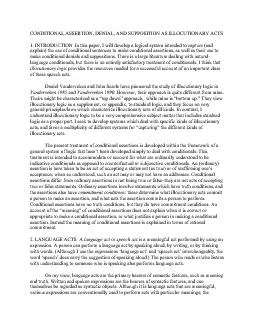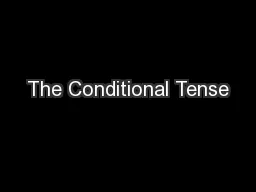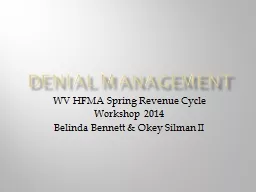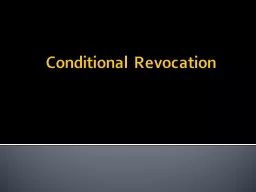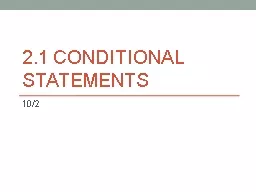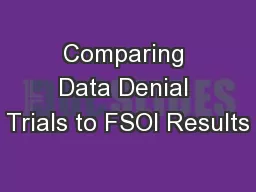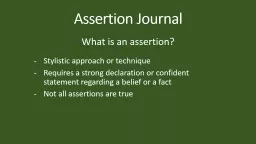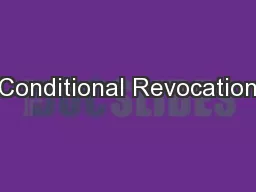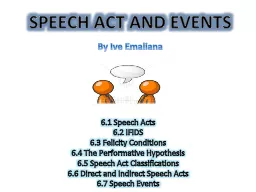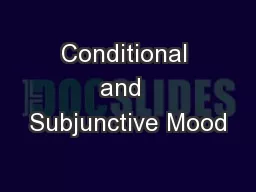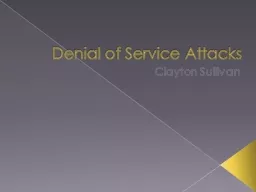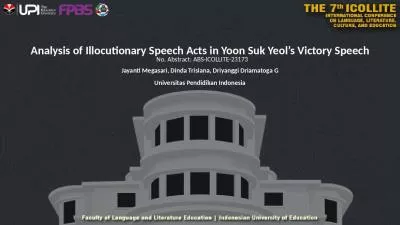PDF-CONDITIONAL ASSERTION, DENIAL, AND SUPPOSITION AS ILLOCUTIONARY ACTS .
Author : jane-oiler | Published Date : 2015-11-07
1 INTRODUCTION In this paper I will develop a logical system intended to capture and explain the use of conditional sentences to make conditional assertions as well
Presentation Embed Code
Download Presentation
Download Presentation The PPT/PDF document "CONDITIONAL ASSERTION, DENIAL, AND SUPPO..." is the property of its rightful owner. Permission is granted to download and print the materials on this website for personal, non-commercial use only, and to display it on your personal computer provided you do not modify the materials and that you retain all copyright notices contained in the materials. By downloading content from our website, you accept the terms of this agreement.
CONDITIONAL ASSERTION, DENIAL, AND SUPPOSITION AS ILLOCUTIONARY ACTS .: Transcript
Download Rules Of Document
"CONDITIONAL ASSERTION, DENIAL, AND SUPPOSITION AS ILLOCUTIONARY ACTS
."The content belongs to its owner. You may download and print it for personal use, without modification, and keep all copyright notices. By downloading, you agree to these terms.
Related Documents

